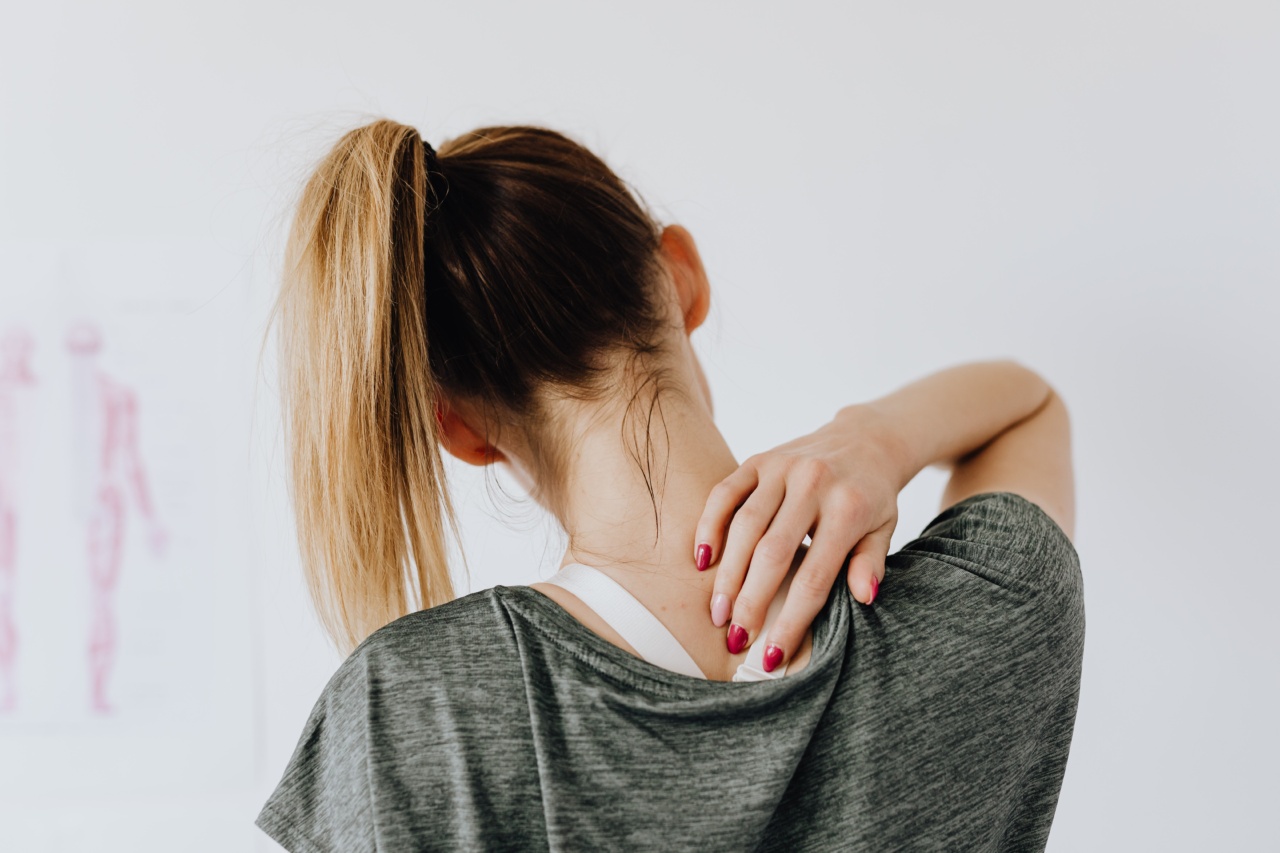Lower back pain is a commonly experienced condition that affects millions of people worldwide. Many factors can contribute to the development of lower back pain, including poor posture, improper lifting techniques, and inadequate support from the feet.
In recent years, researchers have focused on the role of the foot arch in lower back pain and have found a strong correlation between arch abnormalities and the occurrence of back pain. Understanding the connection between the foot arch and lower back pain can help individuals prevent and manage this debilitating condition.
The Foot Arch: An Overview
The foot arch is a crucial structure that provides support and distributes the body weight evenly across the foot during weight-bearing activities. There are three main types of foot arches: the high arch, the normal arch, and the flat arch.
Each type of arch has its unique characteristics and potential implications for lower back health.
The Relationship between Foot Arch and Lower Back Pain
Research has found a significant link between foot arch abnormalities and lower back pain. Individuals with high arches or flat arches are more likely to experience back pain compared to those with a normal arch.
The foot arch plays a vital role in maintaining proper body alignment, especially during weight-bearing activities. When the arch is too high or too flat, it can result in a misaligned posture, causing increased stress on the lower back. The misalignment places excessive strain on the muscles, ligaments, and discs of the spine, leading to pain and discomfort.
Impact of High Arches
High arches, also known as cavus foot, are characterized by an excessive upward curve of the foot’s arch. This type of arch offers less shock absorption than a normal arch, which can lead to greater impact on the lower back.
The increased pressure on the lumbar spine can cause muscle imbalances, joint instability, and an elevated risk of developing conditions like sciatica and herniated discs.
Consequences of Flat Arches
Flat arches, also called pes planus, occur when the arches collapse or are too low. This condition creates an inward rolling of the foot, known as overpronation, leading to an altered gait pattern.
Overpronation can disrupt the body’s natural alignment and result in poor posture, putting strain on the lower back. The lack of proper arch support can also cause imbalances in the leg muscles, leading to overuse injuries and contributing to lower back pain.
Prevention and Management of Foot Arch-Related Lower Back Pain
While it may not be possible to change the structure of the foot arch completely, there are several measures individuals can take to prevent or manage lower back pain associated with arch abnormalities.
1. Proper Footwear
Wearing supportive and well-fitted shoes is crucial for individuals with high arches or flat arches. Arch support inserts or custom orthotics can also be used to provide additional stability and alignment, reducing the strain on the lower back.
2. Strengthening Exercises
Specific exercises targeting the muscles of the feet, ankles, and lower legs can help strengthen the arch and improve stability. Strengthening these muscles can alleviate stress on the lower back and promote better overall body alignment.
3. Stretching and Mobility Work
Regular stretching and mobility exercises help improve the flexibility of the muscles and ligaments, reducing the risk of injury and promoting proper alignment.
Gentle stretching exercises for the calves, hamstrings, hip flexors, and lower back can be beneficial for individuals with arch-related lower back pain.
4. Body Mechanics and Posture
Practicing good body mechanics and maintaining proper posture while sitting, standing, and lifting objects can minimize the strain on the lower back.
Engaging the core muscles and using proper lifting techniques can also protect the spine and prevent excessive stress on the arches.
5. Seeking Professional Help
If foot arch-related lower back pain persists or becomes severe, it is essential to seek professional help.
A podiatrist, physical therapist, or orthopedic specialist can provide a comprehensive evaluation, diagnose any underlying conditions, and recommend appropriate treatments or interventions.
Conclusion
The foot arch plays a significant role in maintaining proper body alignment and distributing weight evenly during weight-bearing activities.
Abnormalities in the foot arch, such as high arches or flat arches, can contribute to lower back pain by causing misalignments and placing increased stress on the lower back. Understanding the relationship between the foot arch and lower back pain can help individuals take proactive measures to prevent and manage this condition effectively.
By addressing arch-related issues through proper footwear, exercises, stretching, postural corrections, and seeking professional help when needed, individuals can alleviate lower back pain and improve their overall well-being.




























